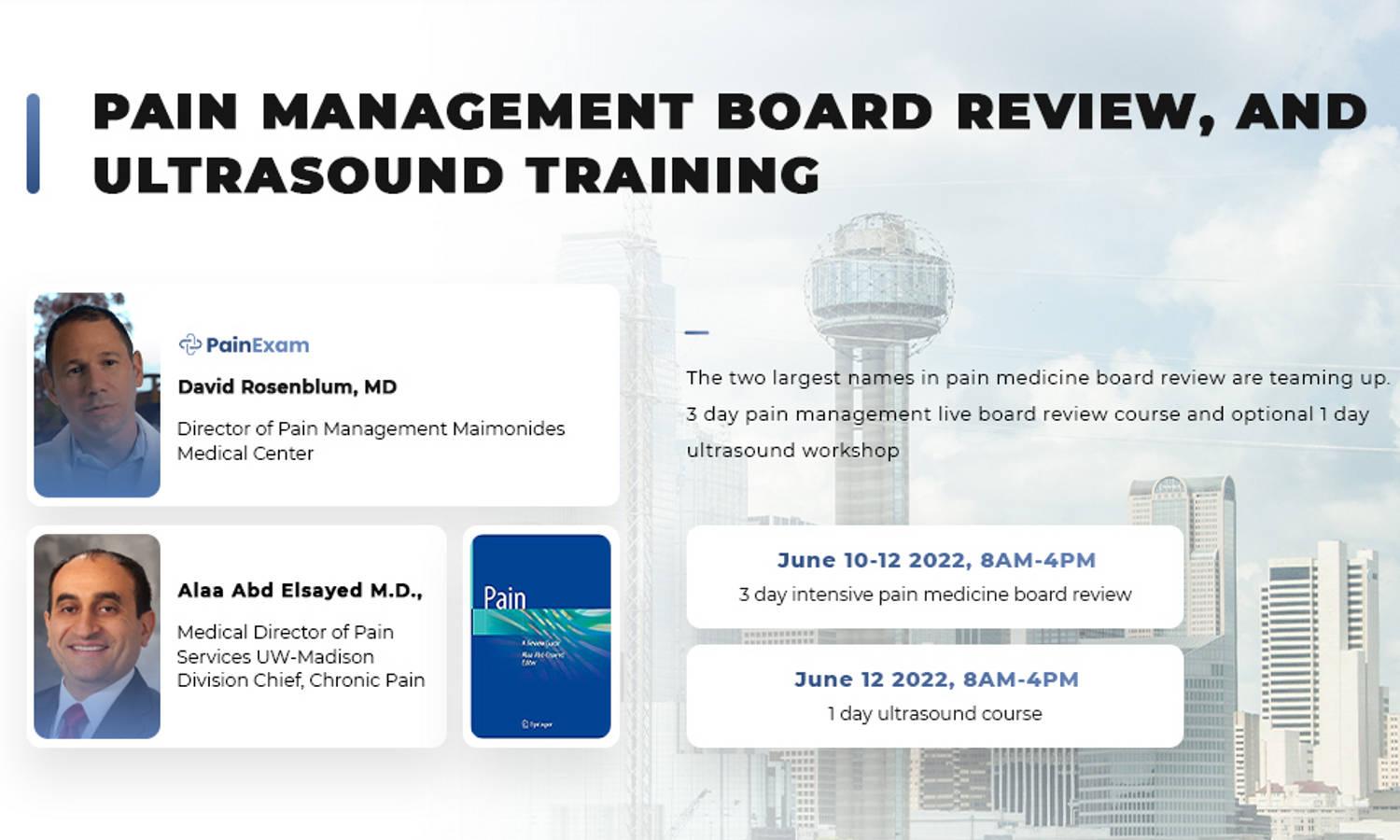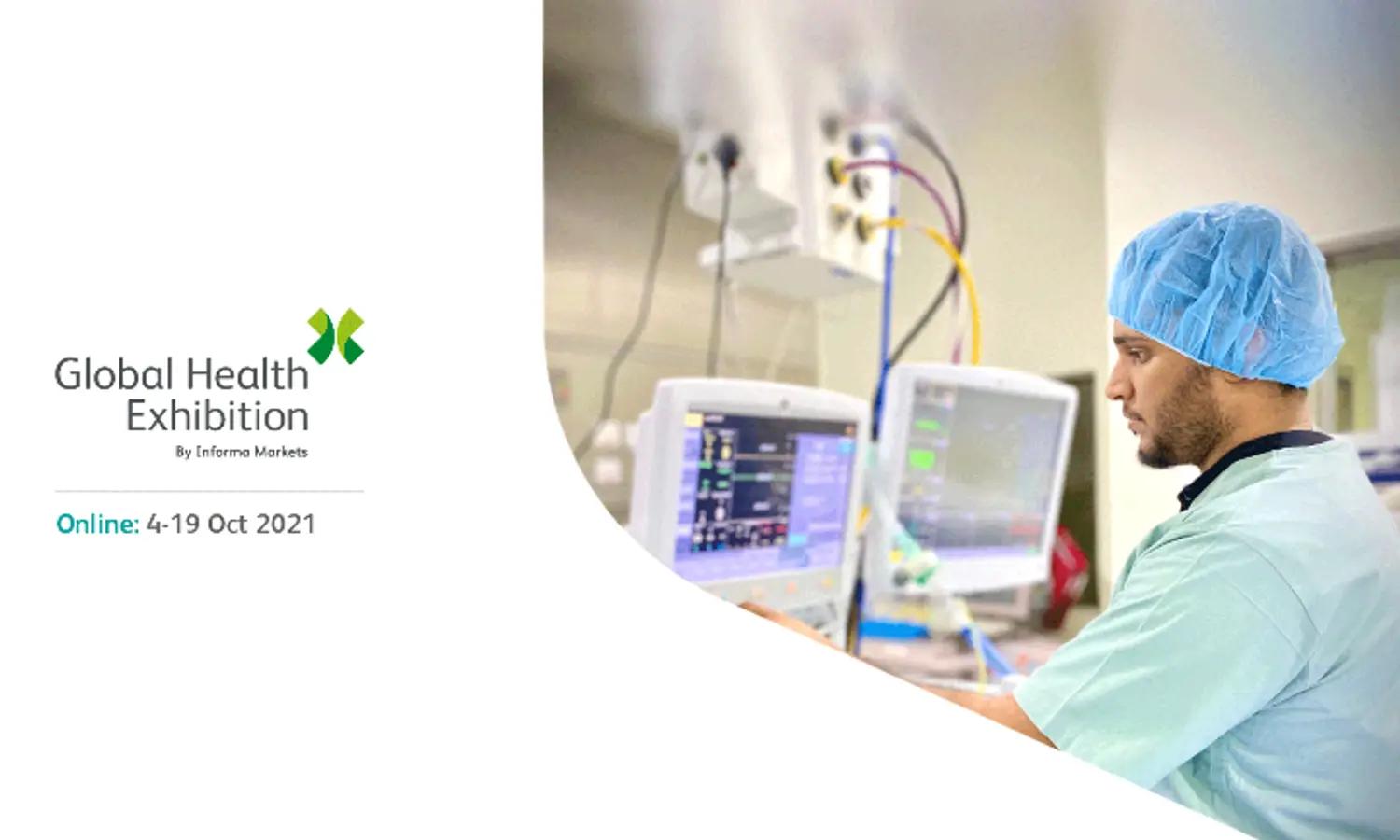
Breast Imaging in High-Risk Patients
 hosted byeRADIMAGING
hosted byeRADIMAGING
Breast Imaging in High-Risk Patients is organized by eRADIMAGING.
Release Date: 09/01/2019
Expiration Date: 10/01/2025
Course Description:
Breast cancer (BC) is the second leading cause of cancer-related deaths in women. However, BC is not only a disease associated with women. Though rare, men are diagnosed with BC. The risk of BC diagnosis in men is rising, and there are men at high risk for the disease. It is more common in older men, but it can be diagnosed at any age. Some men and women have a higher risk of developing BC than others. While risk factors can increase the chance of developing cancer, it does not mean that cancer will develop. Importantly, approximately 70% of female patients who develop BC do not have any of the known risk factors, and more than 85% have no family history of the disease.
Screening guidelines exist for women who are at higher-than-average risk for developing BC. However, there are no specific BC screening guidelines for male patients. With no recommendations to detect disease in its early stages, BC detection in men occurs at a more advanced stage. This article will review factors that raise the risk of BC in both men and women, examine screening recommendations and imaging methods in high-risk patients, and discuss options for reducing the risk
Abstract:
Breast cancer (BC) is the second leading cause of cancer-related deaths in women. However, BC is not only a disease associated with women. Though rare, men are diagnosed with BC. The risk of BC diagnosis in men is rising, and there are men at high-risk for the disease. It is more common in older men, but it can be diagnosed at any age. Some men and women have a higher risk of developing BC than others. While risk factors can increase the chance of developing a cancer, it does not mean that cancer will develop. Importantly, approximately 70% of female patients who develop BC do not have any of the known risk factors, and more than 85% have no family history of the disease.
Screening guidelines exist for women who are at higher-than-average-risk for developing BC. However, here are no specific BC screening guidelines for male patients. With no recommendations to detect disease in its early stages, BC detection in men occurs at a more advanced stage. This article will review factors that raise the risk of BC in both men and women, examine screening recommendations and imaging methods in high-risk patients, and discuss options for reducing risk
Learning Objectives:
After reading this article, the participant should be able to:
• DESCRIBE differences in genetic risk factors for men and women at high risk for breast cancer.
• EXPLAIN the role of risk assessment tools in identifying women at high risk for breast cancer.
• DEFINE ACR screening recommendations in women at higher-than-average risk for breast cancer.
• DISCUSS approaches to risk reduction in high-risk populations.









